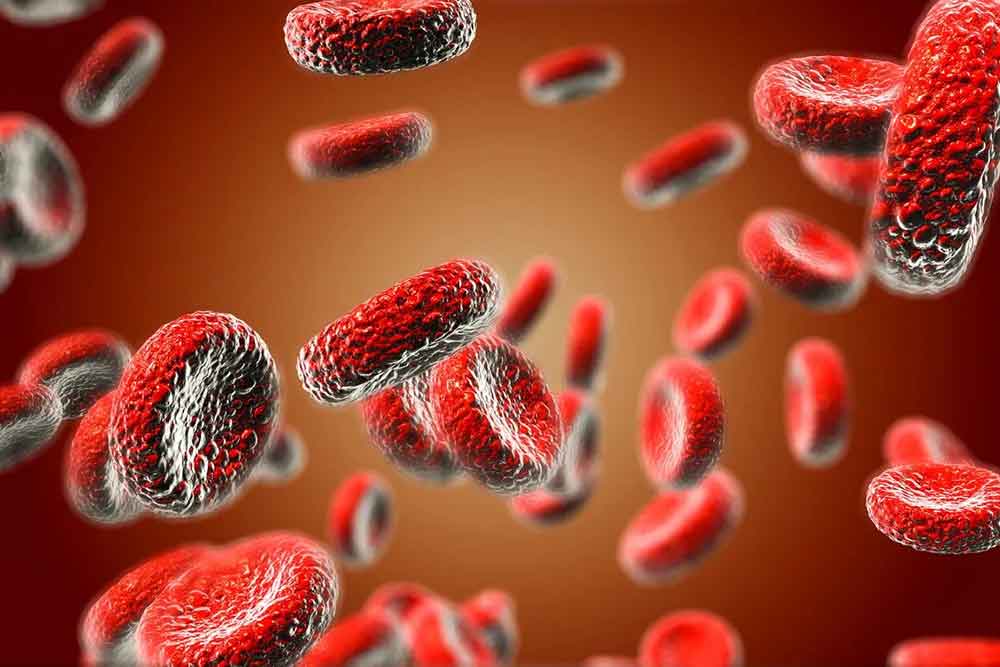It is essential to know how our bodies function. It is surprising that few of us realize that our blood accounts for 8% of our total body weight. As it flows through our vascular system, it transports oxygen, hormones, nutrients, and antibodies to our organs.
Unfortunately, even our blood is susceptible to specific abnormalities or cancers. One of these blood disorders is Myelodysplastic syndrome (MDS).
While we strive to improve our chances of avoiding these, we should also be aware of how to obtain or gain access to the best treatments should we develop these conditions.
What is MDS?
Myelodysplastic syndrome (MDS) is characterized by abnormalities in the bone marrow’s blood cells. It is commonly referred to as a “bone marrow failure disorder” because it prevents the bone marrow from producing enough healthy blood cells.
How does the bone marrow work? It manufactures three kinds of blood cells, namely: red blood cells, white blood cells, and platelets.
MDS afflicts most of the elderly population older than 65 years old, but it also happens to younger people.
There’s less supply from the bone marrow of mature blood cells circulating in your body if you have the condition. Anemia occurs when you have a low red cell count, the red cells being produced by the bone marrow itself.
MDS is not always fatal but will have the tendency to result in the loss of the body’s ability to fight infections and can lead to acute myeloid leukemia (AML). The causes of MDS remain unknown, and it is not hereditary nor physically transmitted to others.
Different doctors frequently collaborate to create a patient’s overall treatment plan for MDS, combining various types of treatments. This is referred to as a multidisciplinary team.
Let’s take a closer look at the best treatments known for MDS:
1. Systemic Therapies
Systemic therapy uses medication to destroy unhealthy cells throughout the body and is delivered through the bloodstream. This therapy is generally prescribed by medical oncologists, doctors who specialize in cancer treatments, or by hematologists, doctors whose specialty is treating blood disorders.
Systemic therapies are commonly given through an intravenous (IV) tube or taken as a pill. The types used for MDS include:
- Chemotherapy – the use of drugs to destroy unhealthy cells, usually by preventing them from growing and dividing. A chemotherapy regimen, or schedule, typically consists of a predetermined number of cycles administered over a predetermined period. A patient may be given one drug at a time or a combination of drugs simultaneously.
- Immunotherapy – also known as biologic therapy, is intended to strengthen the body’s natural defenses against MDS. It employs materials created by the body or in a laboratory to enhance, target, or restore immune system function. Although this is rarely used in MDS patients, it may be an option for some.
Systemic therapy is given to the patient one at a time or in combination with other systemic therapies. They can also be administered as part of a comprehensive treatment plan that includes other therapies.
Medication used to treat MDS is constantly being studied. Talking with your doctor is often the most proactive way to learn about the medications prescribed for you, their purpose, and any potential side effects or interactions with other treatments.
2. Stem cell or bone marrow transplantation
Transplantation is a riskier treatment and may not be suited for older patients or those with other medical issues. However, it is known to be the only current treatment that can result in long-term remission when done as high-dose chemotherapy combined with bone marrow or stem cell transplantation.
Your doctors will discuss the risks involved before recommending it to you, with your age, general health, the type of MDS you have, and previous treatment results all taken into consideration.
3. Supportive Care
All MDS treatments rely heavily on supportive care. Its goal is to alleviate or prevent symptoms associated with low blood counts.
Blood and platelet transfusions are used as supportive care for people with dangerously low red blood cell and platelet counts. Antibiotics are used to treat infections, and there are injected drugs that can stimulate the bone marrow to produce red blood cells. These medications benefit people with MDS as they can also stimulate the production of white blood cells in the bone marrow, aiming for a healthy balance between the red and the white.
Treatments may temporarily improve blood counts and reduce or eliminate symptoms associated with low blood counts. However, they do not address the root cause of MDS.
MDS patients will receive supportive care while also receiving chemotherapy or preparing for a stem cell transplant.
Patients with MDS are encouraged to consider MDS clinical trials at Power when making treatment plan decisions. A clinical trial is a research study that tests a new treatment approach, a new drug, a new combination of standard treatments, or new doses. The goal is for the new treatment to be safe, effective, and possibly better than the prior or existing treatments.
Clinical trials are an option to consider for cancer treatment and care at all stages, and your doctor can assist you in assessing your best treatment options.

